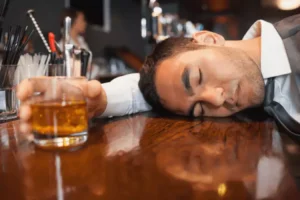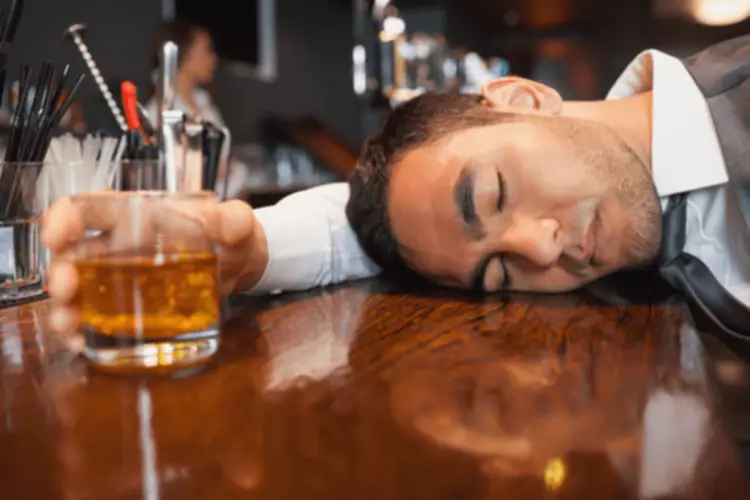
Tremors are an involuntary muscle contraction leading to shaking movements in parts of the body including the arms, head, torso and legs. Tremors usually begin within 10 hours of your last drink and peak at 24 to 48 hours. Tremors are often accompanied by symptoms including increased blood pressure, rapid breathing, nausea, sweating and rapid pulse rate. Without treatment by a healthcare professional, these symptoms may progress quickly and can be become life-threatening in extreme cases.
- “My worst withdrawal symptom is that my brain does not seem to work very well. Lots of spelling errors and poor fine-motor skills. I will not even go into the insomnia.”
- An individual’s overall health and lifestyle can also impact the duration of alcohol withdrawal symptoms.
- Alcohol enhances the activity of gamma-aminobutyric acid (GABA), a neurotransmitter that reduces brain activity and produces a calming effect.
- You may feel your mood and mental state to be unstable during the withdrawal process.
Managing Severe Withdrawal Symptoms
When someone takes MDMA, it causes a flood of serotonin, dopamine, and norepinephrine. This chemical rush creates feelings of euphoria, emotional connection, and energy. However, the brain isn’t designed to handle such extreme spikes in neurotransmitter activity. MDMA boosts the activity of key brain chemicals—serotonin, dopamine, and norepinephrine 2. Serotonin regulates mood and emotions, while dopamine is responsible for feelings of pleasure and reward. Here at UKAT, we specialise in detox programmes that help you complete your recovery.

Addiction vs. Substance Use
That said, you may eventually reach a breaking point where you accept that you have a drinking problem and it’s time to quit. When this realization hits, you might be tempted to immediately take action and throw out every last drop of alcohol. However, understanding safe approaches to alcohol detox is essential for your safety, and suddenly ceasing alcohol consumption when you’re dependent is dangerous. Getting started with addiction treatment may feel intimidating at first. We can offer guidance and insight into the recovery process, and will work to provide you with clarity into the steps that lay ahead. The second stage is referred to as post-acute withdrawal syndrome (PAWS).
Get Professional Help
However, this artificial surge depletes these chemicals, leaving people feeling tired, anxious, or depressed after the drug wears off. Over time, repeated use can damage the brain’s ability to regulate mood and emotions naturally. A comedown may not require medical intervention, but withdrawal often benefits from professional treatment. A return to health, free from Substance abuse substance addiction, is only one phone call away. Tapering is a process of slowly decreasing the use of a substance, such as a prescription medication, over time to prevent withdrawal. When the substance is stopped or decreased, the person experiences withdrawal.
- Anyone who finds it difficult to go a day without drinking or who experiences mild withdrawal symptoms when trying to quit should consult a medical professional.
- These medications are not standalone cures for alcohol withdrawal or recovery from alcohol addiction, and should only be used as part of an integrated treatment approach.
- Some people also develop a condition called Post-Acute Withdrawal Syndrome (PAWS) which can influence your recovery from alcohol withdrawal.
- In contrast, chronic heavy drinkers are at a high risk of alcohol addiction withdrawal, as their central nervous system becomes dependent on alcohol’s depressant effects.
Stage 1: Mild Symptoms (6-12 Hours After the Last Drink)
- The onset of stage 3 symptoms typically occurs between 48 to 72 hours after the last drink.
- John C. Umhau, MD, MPH, CPE is board-certified in addiction medicine and preventative medicine.
- Seizures, hallucinations, and delirium tremens (DTs) occur in severe cases due to excessive glutamate activity, which leads to life-threatening neurological and cardiovascular complications.
- Alcohol addiction is a medical condition that affects nearly 30 million Americans.
Barbiturates like phenobarbital are used when benzodiazepines are ineffective, providing stronger sedative effects to control severe withdrawal symptoms. Beta-blockers such as propranolol help manage cardiovascular symptoms like high blood pressure and rapid heart rate, reducing physical stress during withdrawal. No, not everyone with alcohol addiction goes through alcohol withdrawal syndrome symptoms withdrawal, as severity depends on individual drinking patterns, genetic factors, and neurological adaptation.

Better Sleep, Lower Blood Pressure
Other alcohol withdrawal symptoms, such as anxiety, depression, and cravings can last for several weeks or months after you stop drinking. Some individuals may experience post-acute withdrawal syndrome (PAWS), where they continue to experience withdrawal-like symptoms for an extended period after the initial detoxification phase. These symptoms can be managed through ongoing therapy, support groups, and lifestyle adjustments.


